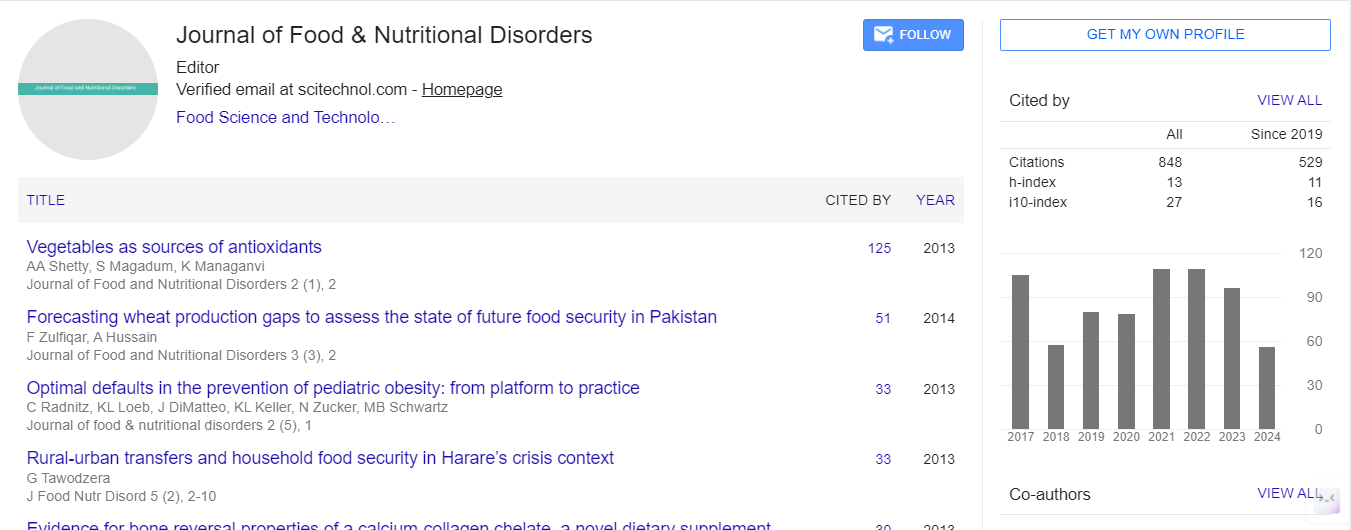Effect of cadmium on seed germination and seedling growth of rice plant (oryza sativa L.)
Elham Abedi
Islamic Azad University, Iran
: J Food Nutr Disor
Abstract
Effect of cadmium on seed germination and seedling growth of rice plant (oryza sativa L.) Cadmium (Cd) nonessential but toxic element for animals and plants is frequently present in paddy fields. Oryza sativa L. a staple food for at least the half of world population, easily absorbs Cd by the root and in this organ the pollutants evoke consistent damages and reducing the root system. In this study the effects of different cadmium chloride concentrations (5, 10, 20, 50 and 100 μm) on some physiological and biochemical processes including seed germination, root and shoot fresh and dry weight in rice (oryza sativa L.) were investigated. The results showed that after treated, seed germination rate was less affected, but root growth was restrained evidently. It affected the subsequent growth rate in these plants. Higher cadmium concentrations specially at 50 and 100 μm reduced plant growth significantly. Leaf chlorosis, wilting and leaf abscission were observed in plants treated with cadmium. As a result, Cd treatment reduced the germination percentage 6.9%, root and shoots length 68.9% and 85.6%, respectively. The decrease of 42.3% in fresh weight was noticed following the treatment with 50 and 100 μm cadmium doses compared with control treatment, respectively. Based on the results we concluded that, these traits of rice plant are seriously affected by Cd treatment and also these are symptoms of toxicity of Cd element. Therefore less amount of reduction in a special genotype is referred to the index of tolerance to Cd. Finally in the metal contaminated areas further research is needed to determine different levels of metals in the environment and various parts of the plants.
Biography
E-mail: elham.abedi@srbiau.ac.ir
 Spanish
Spanish  Chinese
Chinese  Russian
Russian  German
German  French
French  Japanese
Japanese  Portuguese
Portuguese  Hindi
Hindi 
